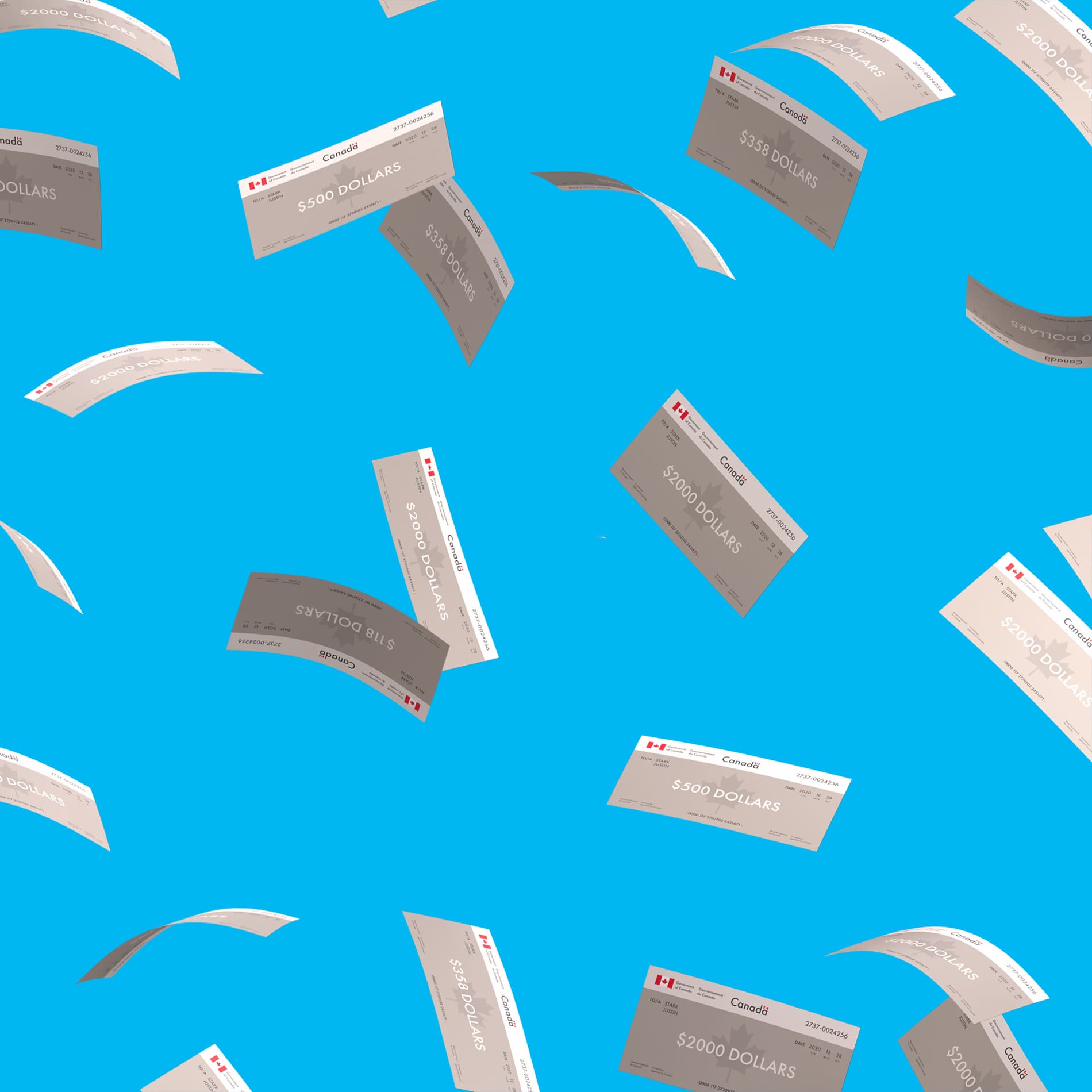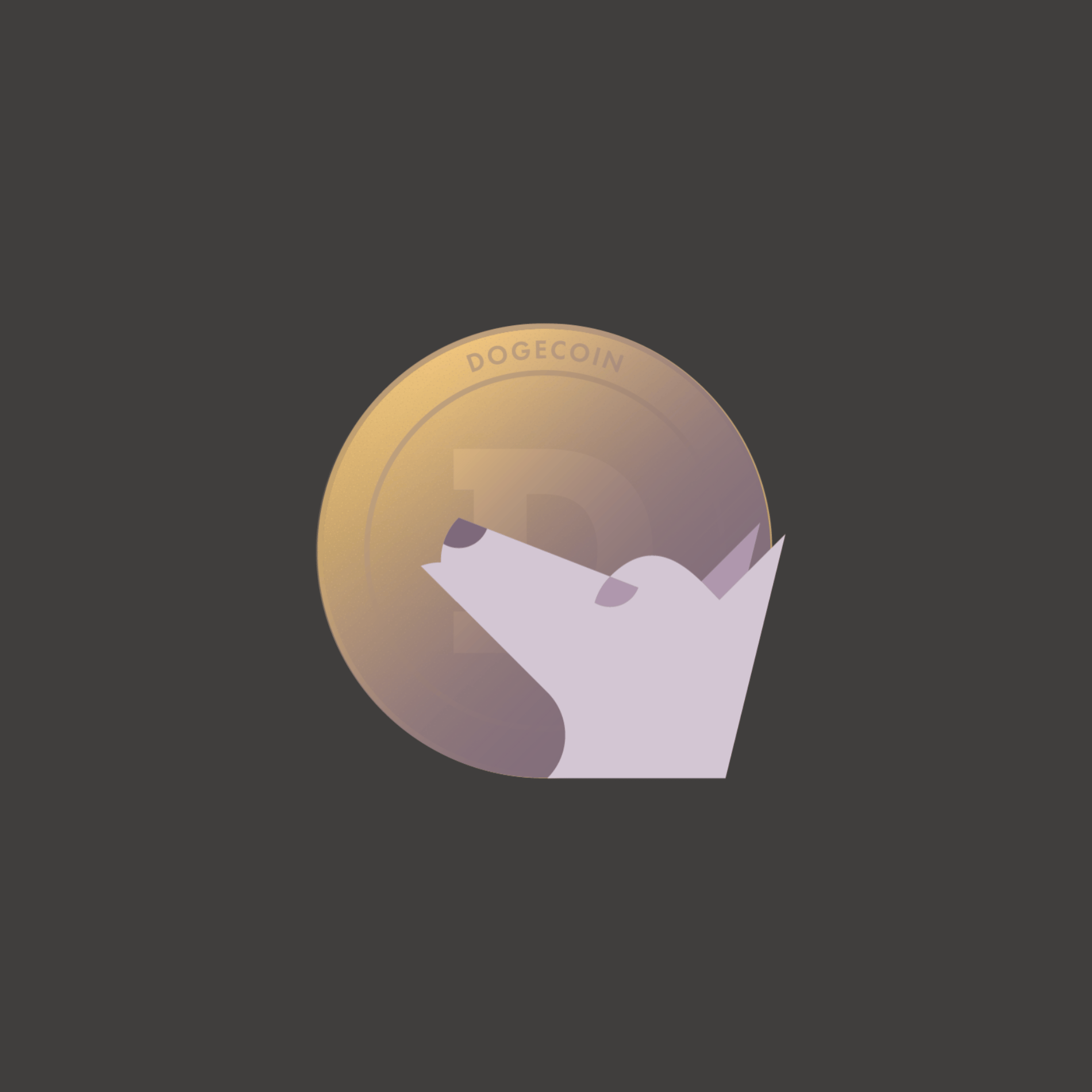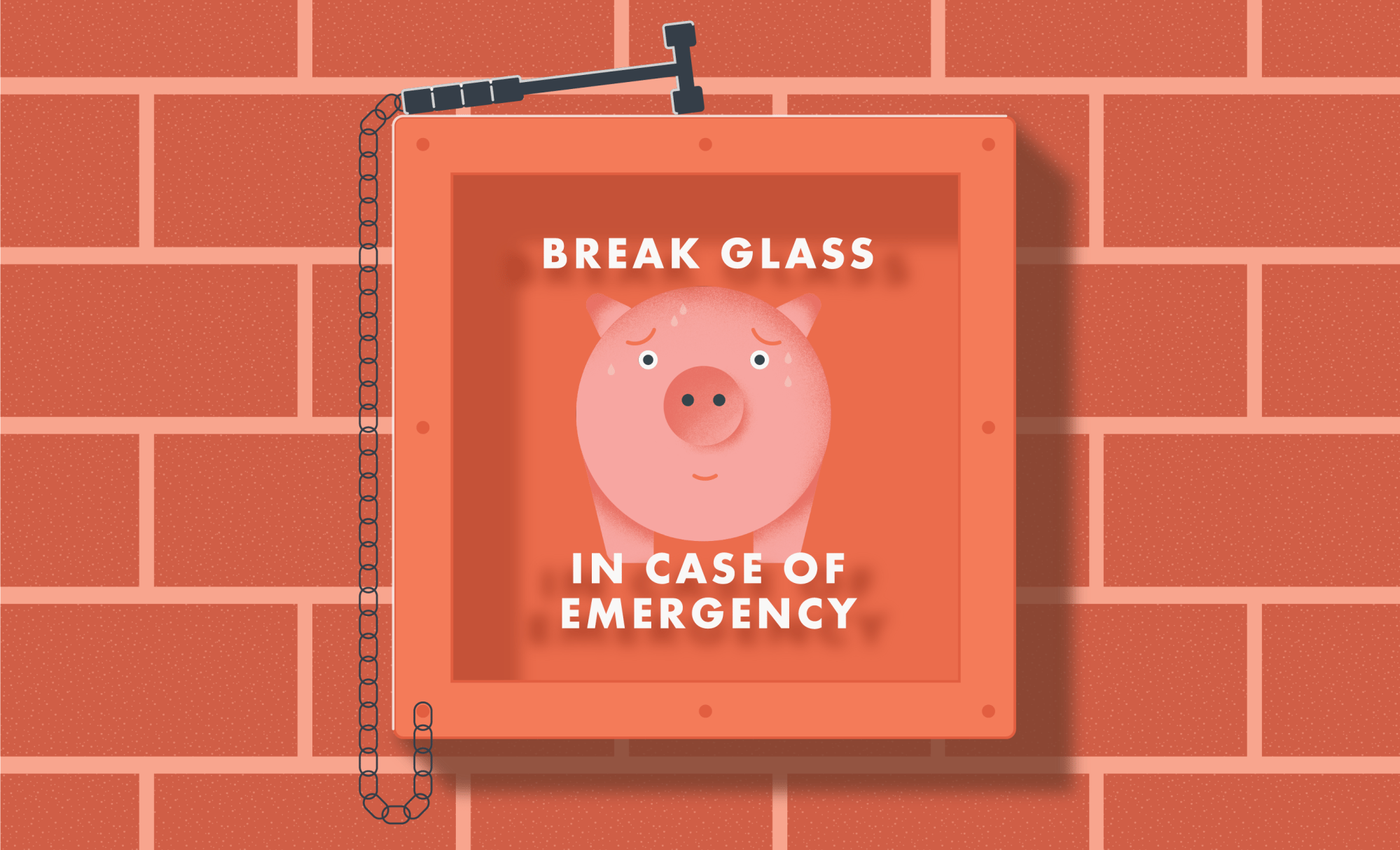
Finance for Humans
Emergency Money: What to Do When Your Bills Are Bigger Than Your Income
If your income has taken a hit and you have to tap into savings (or debt), how you do it is important. Here’s our guide to which accounts to pull from, how to avoid penalties and fees and taxes, and everything else you need so it's easy to get back on track when this is over.
Wealthsimple makes powerful financial tools to help you grow and manage your money. Learn more
Let’s not sugarcoat it: these are terrifying times. Even if you’re physically healthy — and we sure hope you are — very few of us can say our money hasn’t seen happier times. A huge proportion of us have lost our jobs, some significant portion of our income. And everyone — everyone — is worried about what might happen next as we enter the teeth of this recession/depression/apocalypse. That’s why we want to give you a plan to survive if you need to go into emergency mode with your finances.
What emergency mode means depends a lot on the financial situation you were in before this crisis hit, and whether you still have income. If you’re one of the lucky ones, your concerns may be (relatively) enviable: will I finally have to dip into the emergency fund I dutifully saved up after Wealthsimple told me to? If you’re not, you may be facing more dire questions: should I pay for gas or electricity? This is embarrassing, but I don’t have enough for both. The advice we give you here will be useful in either case. As well as the greater number of us who are somewhere in between those two states — I have some savings, but I’ve taken a hit and I’d be broke in six weeks if my wife lost her job and also, wait, does it make sense that we’re investing 10% of each paycheque but also carrying $3,000 in credit card debt?
Remember the Waterfall!
This may feel counterintuitive, but to understand the order of operations when it comes to spending the money you’ve saved, remember the order of operations you should follow when you save in the first place. Let’s start with a quick review of the waterfall theory (explained in this charming five-minute video by Greg the Egg from Succession). If you’re too busy trying to not lose all your money to watch it, it’s a simple explanation of which buckets to fill (like the “emergency fund” bucket or the “retirement savings" bucket) before spilling over into the next bucket. Get it? Waterfall! The waterfall is meant to make sure you’re as far along the road to financial health (including being able to weather unexpected personal and financial setbacks like an illness, or, say, a global pandemic) as possible.
Here are the basic steps of the waterfall:
Kill your high-interest debt. Pay off anything at 5% interest or higher. Once you’ve done that...
Build an emergency fund to cover your major expenses (food, shelter, utilities, clothing) for three to six months. Put the money somewhere low risk, like a savings account. Once you’ve done that...
Maximize your employer match. If your employer matches your contribution to your company-provided investment account, that’s free money. Don’t turn it down. Once you’ve done that...
If you’ve made it this far, get smart about taxes. Tax-advantaged investment accounts like a TFSA or an RRSP are the next step after you’ve taken full advantage of employer matching. Once you’ve done that...
Consider paying down your low-interest debt (5% or lower). This one’s a little fuzzier because interest rates on mortgages, car loans, and student loans can be low enough that it might be wiser to invest that same dollar instead of using it toward these low-interest loans. But it’s still debt, so we recommend at least taking a look and crunching the numbers. Once you’ve done that...
(Finally, when you’ve run through steps 1-5) You can start thinking about setting up a taxable investment account, or earmarking extra cash for some other savings goal. Once you’ve done that...
You’re probably thinking: why are we talking about ideal personal finance scenarios during the End Times? It’s because, in End Times (or just a bad recession, personal or global) you need to know these principles and then reverse the waterfall. And then, later, hopefully we can all get our waterfalls going in the right direction again, spilling over down your personal path to financial fantastic-ness.

Sign up for our weekly non-boring newsletter about money, markets, and more.
By providing your email, you are consenting to receive communications from Wealthsimple Media Inc. Visit our Privacy Policy for more info, or contact us at privacy@wealthsimple.com or 80 Spadina Ave., Toronto, ON.
And also, so you don’t come out of this thing any worse off than you need to be.
Ready? Here’s how to reverse your waterfall.
Step One: Re-Evaluate Your Emergency Fund
Let’s say you still have a job, and you dutifully saved for an emergency fund, and it’s still intact. First of all, well done! You’ve passed your waterfall exam with high marks. You may still have things you’re worried about — for most of us the main worry is that we may yet be laid off, or furloughed, or that we’ll lose a portion of our income — but at this point in economic history, those are privileged concerns to have. So be grateful.
But it’s also a good idea to be prepared. Re-evaluate how robust your emergency fund really is. An amount that seemed more than sufficient even a few months ago may not feel so ample now. With the future as murky as it’s appeared in a generation, is four or even six months of savings enough? Should you be laid off, it may take longer than expected to find a new job. If you have an emergency fund that’ll last three months, consider adding enough for another month or two even if it means investing a little less. Have six months worth? Eight’s not a bad idea. One way to do that is to take the cash you’re saving by not doing things like going to restaurants and using it to pad your cash accounts.
“Yes, it’s not exciting, it’s not sexy, it's really boring — it's just cash that’s sitting around, ” says Zoe Wolpert, advisor at Wealthsimple. “But uncertain times can, for some of us, require some extra peace of mind.”
Step Two: Spend That Emergency Fund, Turn Off Investments, Stay Away From More Debt
If you’re someone who’s lost her job or taken a big enough income hit that you can’t meet your obligations and you do have an emergency fund, the first thing to say is: well, crap, we’re sorry. The second thing is: you should feel proud. You prepared for an emergency, and this is an emergency. You’ve got company — unfortunately, a lot if it.
You may find that it’s hard to spend that big sum you’ve spent years accumulating. You may be tempted to finance life with credit cards instead. Hey, I’ll find a new job, you may think, so I can pay my bills then instead of spending that beautiful emergency fund.
Recommended for you
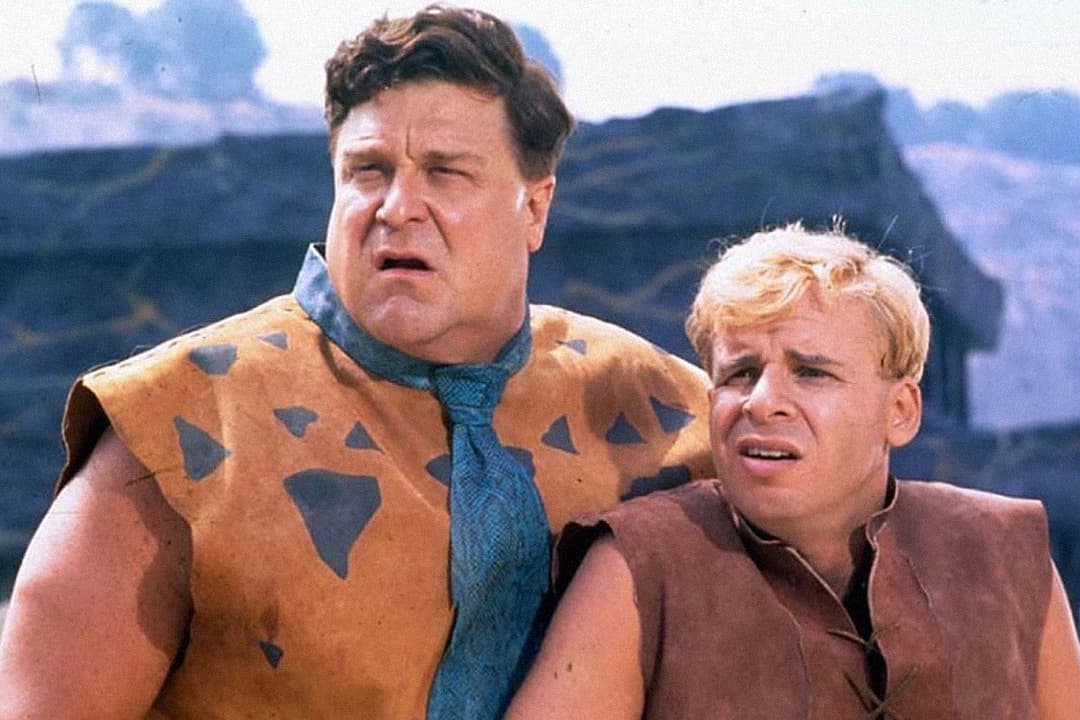
Did You Lose Money Trading Stocks? Blame Your Caveman Brain
Finance for Humans
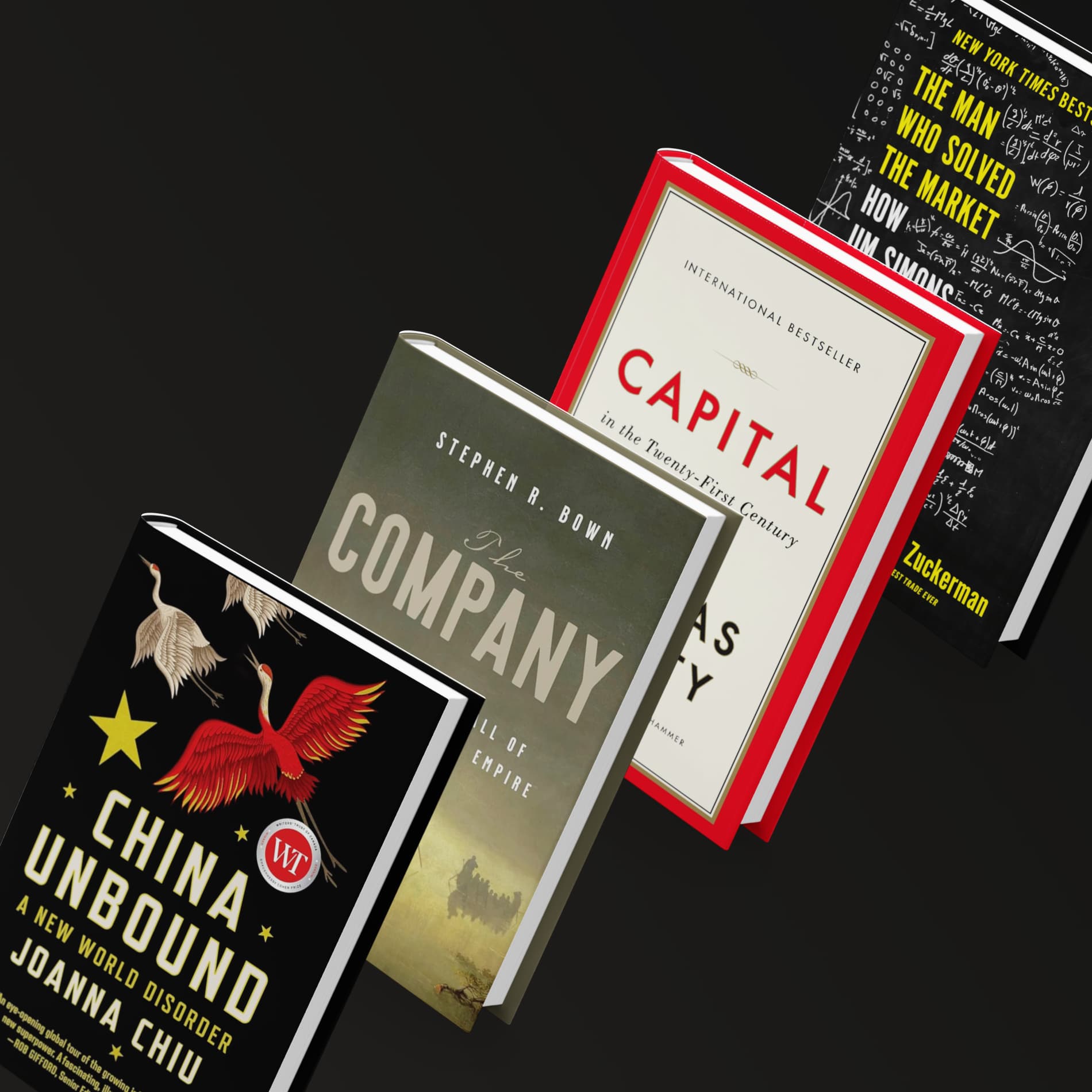
10 Books That’ll Teach You Everything (Or at Least a Lot) About Money
Finance for Humans

Nervous About Overheated Stocks? Let’s Revisit Four of Our Best-Ever Insights
Finance for Humans
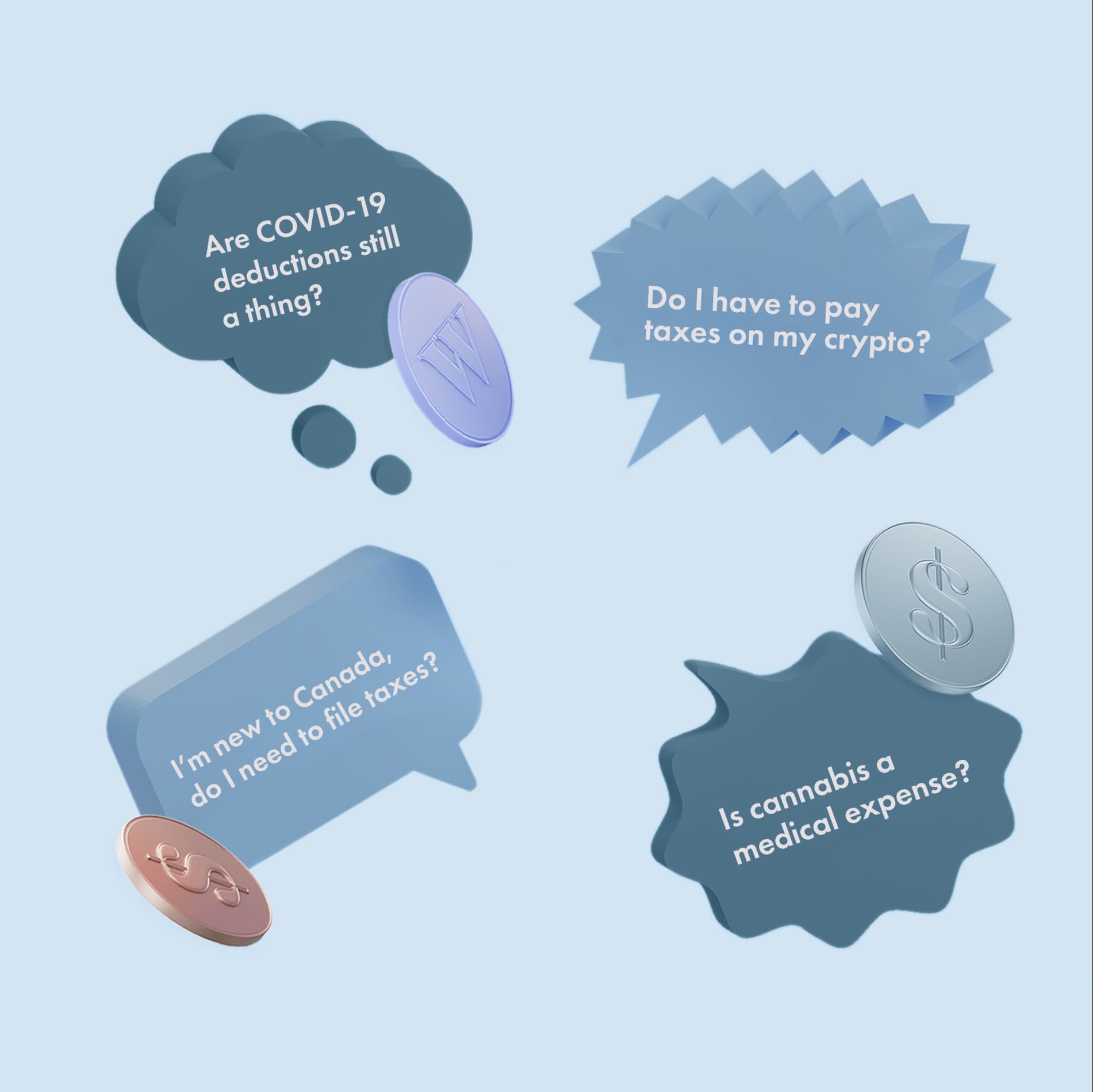
The Perfect Guide to Every Little Tax Question You Have
Finance for Humans
Resist. Remember step one of the waterfall? The whole thing comes crashing down if you start piling up high-interest debt. Instead, after you’ve canceled Disney+ (the kids will survive, although maybe you and your partner won’t?), minimized all expenses, filed for relief from the government, you need to is start tapping into that emergency fund, even if it makes you queasy to live off your savings.
Meanwhile, turn off the flow of contributions to investment accounts. It doesn’t make sense to keep investing as your emergency fund shrinks. “Otherwise you’d essentially be using your emergency fund to invest,” Wolpert points out, “And that doesn’t make financial sense.”
Rule two of the waterfall still applies: you don’t invest until your most urgent financial needs are met.
Step Three: Sell Investments
Maybe your emergency fund has run dry and you need to start accessing money you were investing for the future. Or maybe you didn’t waterfall your life quite like you should have, and you started investing before you’d funded your emergency accounts. It’s a common mistake — the possibility of big returns on investments can feel way more exciting than a boring old emergency fund. In which case you’re now learning the hard way why you do an emergency fund first — you have to sell some investments and essentially lock in the losses of the last few months instead of being able to wait until markets recover. Don’t feel too bad — it’s a common mistake. And one you won’t make next time. (Right? You’re going to be more boring next time, right?)
So, yes. You may now be forced to draw money out of the accounts referenced in steps three, four, and six of the waterfall. But the order you take money out is really important.
If you have a personal (taxable) investment account, it probably makes sense to tap into that account first. This is because there aren’t penalties for liquidating those assets like there are for tax-advantaged accounts, like an RRSP. Except, of course, for the capital losses you may have to eat. (Silver lining: those losses can be used to offset capital gains in the future.)
If you have a TFSA this is usually the next best option because there are no tax consequences — this money is 100% tax free. You will get the amount you withdraw back as contribution room at the start of the next calendar year so when you are able to, you can easily get back on track.
Withdrawing from your RRSP is a last resort. The withdrawal is immediately subject to a withholding tax (how much tax depends on how much you withdraw, but the minimum is 10%). And the CRA may ultimately charge you more on top of that at the end of the year depending on your tax rate. You also don’t get that contribution room back.
With a little luck, you’ll land a new job before too long, at which point you go back to step two of the waterfall. (Hey, it could be worse — at least it’s not step one.)
Step Four: Triage Your Bills
If you simply don’t have enough money to pay your bills — rent/mortgage, utilities, food, credit cards etc. — it’s smarter to find bills you can pay late than to take on (more) high-interest debt.
The first thing to do is call your mortgage bank or landlord and ask if they’re offering any relief or deferral plans — during the pandemic, many are (but note that while you defer your mortgage you’ll continue to accrue interest on it — so that’s something you only want to do if you really need to). Your housing is the single most important monthly expense to take care of. The second place to call is your credit card company. Like mortgage lenders and landlords, many now have crisis deferral programs in place. Our advice in general is: if you can’t pay your bills, at least call the creditor (utility company, internet provider) to see if they can put you on a program to defer or reduce payments rather than simply not paying. It will save you money (and your credit rating!) in the long term.
While it’s not ideal to miss a credit card payment, it’s not the end of the world either. Likewise no one’s going to go without food or shelter if you skip a student loan payment.
Step Five: Debt?
It’s best to avoid taking on debt. But if you need to borrow money to survive, well, go for it. But do it in the smartest way possible. The first step is to figure out how much credit you have available and from where. Sources include lines of credit, home equity, and credit cards. The important thing is to use the lowest interest rate option first — that will probably be something like a line of credit from your bank, or a home equity line of credit (HELOC). Credit cards usually carry the highest interest rates.
If you have multiple sources of debt you may want to use this as an opportunity to consolidate any high-interest debt (like credit cards) to a lower rate option like a line of credit or home equity line of credit, to help reduce your overall interest expense. When you’re able to, start paying off your highest interest debt first. And lastly: don’t feel bad. Taking on debt can be emotional for a lot of people, but know that you’re doing what you need to do to make ends meet for you and your family at a really difficult time. And that’s something to be proud of.
Step Six: When Things Turn Around, Get That Waterfall Moving the Right Away Again
When flusher times are here, start paying down your high-interest debt. Then... well, you know the drill by now!
Wealthsimple's education team is made up of writers and financial experts dedicated to making the world of finance easy to understand and not-at-all boring to read.

